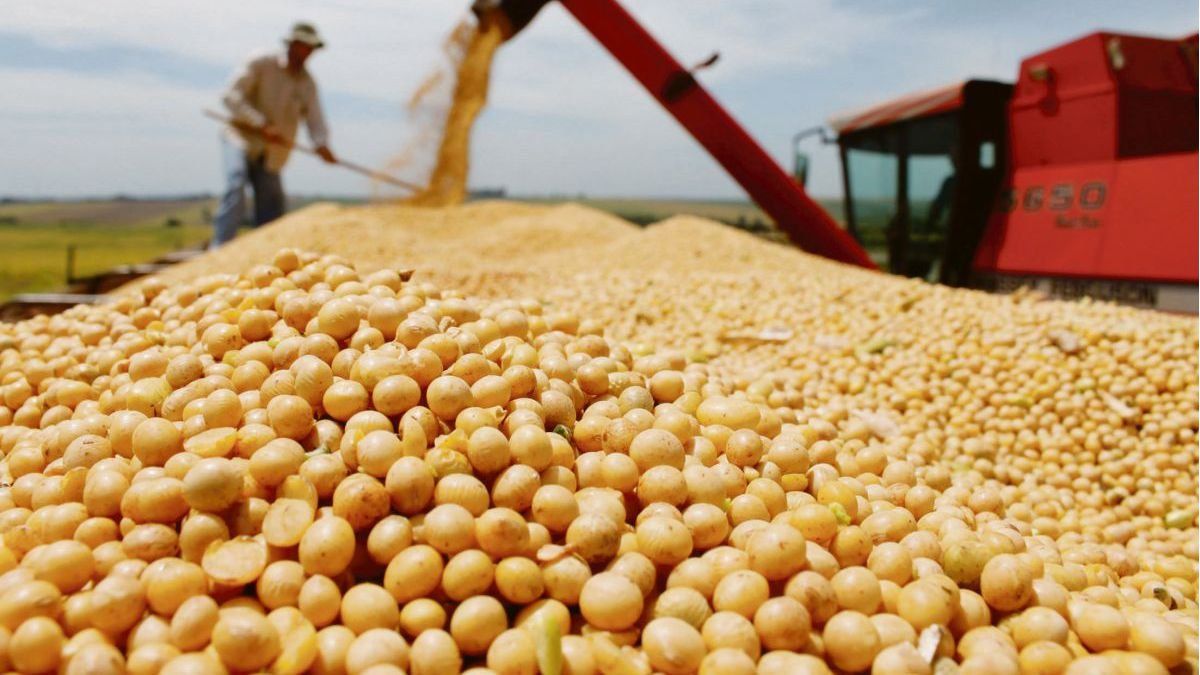The truth is that official government sources assured Ámbito that at this time “no measure is being evaluated that implies improving the exchange rate for agriculture” and affirmed that the rumors that emerged during the day are “part of a speculation aimed at to force the foreign exchange market by restricting the supply of foreign currency”.
Beyond the rumours, in the field they explain that currently the so-called “soybean dollar” is the lowest in the market. The government deducts 33% withholdings from the wholesale dollar and therefore the producer obtains $85 per dollar, while the CCL is already trading well above $300. A gap that not only discourages decisions to sell soybeans but also complicates the projections and investments of agricultural producers who live in an inflationary economy. and with inputs, mainly fertilizers, with rising values.
In this context, it was the agro-export companies themselves that raised the need for the Government to seek some type of mechanism for producers to sell the soybeans that they have in their silos and that today is their only refuge of value. One possibility was a substantial drop -of more than 10 points- of withholdings on beans and their derivatives, but that measure would not have been endorsed by Alberto Fernández’s economic team.
As background, in October 2020, the former Minister of Economy, Martín Guzmán, implemented a temporary and staggered reduction of three points in soybean export dutieswith the aim that the producers liquidate the harvest that they still kept in their silos. The measure did not have the expected effect and even during those three months it did not move the needle in foreign exchange income. In this framework, the producers explained that such a limited drop in tribute did not change their equation at all.
This year, once again, oilseed sales came to the fore in the face of the Government’s need for more dollars, while the parallel exchange rates seem to find no ceiling and the national administration also faces strong payment commitments. by energy import. In this framework, from the CRA field entity they detail: “The alleged retention of soybeans by producers is commented on. Although it transpires that some governmental spheres would study stimuli -temporary, which are useless- for a greater liquidation of grains, it seems that the underlying problem is not understood. First of all, the producers act like any citizen or businessman. Faced with growing uncertainty, they save, and their way of saving is to stagger the sale of grain from each harvest. This attitude not only implies saving, but is common, due to a distribution issue throughout the months of the income destined for consumption, not being speculation in any way.
Thus, while the Government seeks to stop the escalation of alternative dollars, dFrom the countryside they warn that “short-term” measures will not have, once again, the expected effect. Meanwhile, soybean sales continue to decline sharply and, if not reversed, a strong impact on the economy is expected.
Source: Ambito
David William is a talented author who has made a name for himself in the world of writing. He is a professional author who writes on a wide range of topics, from general interest to opinion news. David is currently working as a writer at 24 hours worlds where he brings his unique perspective and in-depth research to his articles, making them both informative and engaging.




